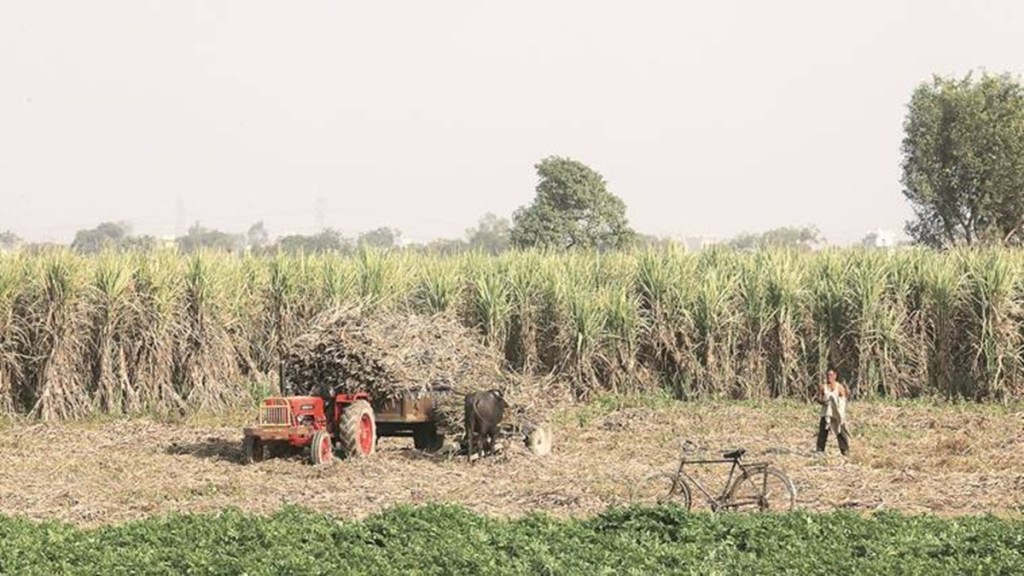The sowing of kharif crops — paddy, pulses, oilseeds, sugarcane and cotton, which began a few days ago, reached 7.83 million hectares (MH) sown already, according to data issued by the ministry of agriculture Friday.
The average annual coverage under kharif crops is around 109 million hectares.
So far, there has been marginal decline in sowing of paddy, pulses and oilseeds compared to the year-ago period,while there has been a rise in sowing of coarse cereals and sugarcane on year.
With the monsoon rains progressing across the country in the next couple of weeks, sowing activities are expected to gather pace.
Earlier this week, the government had hiked the minimum support prices (MSP) of the key kharif crops for the 2023-24 season (July-June) by 6-10.4%, the highest increase since 2018-19. The MSP for paddy, the key kharif crop, is fixed at `2,183/quintal, up 7% on year.
MSP of oilseeds and pulses have been hiked by 7–10%. Elevated MSPs, backed by procurement, could potentially boost rural income in higher areas under kharif crops.
“Higher MSP would encourage farmers to take up more area under kharif crops,” Binod Anand, member of the government’s committee on MSP, crop diversification and natural farming, said.
Meanwhile, the water table in key reservoirs has dropped below last year’s level although it is comfortably higher than the average of the last 10 years, according to the Central Water Commission’s (CWC) latest data.
According to the CWC, water reservoirs are filled with 50.16 billion cubic metres (BCM) of water, 28% of their combined capacity. A year ago, the water available in the reservoirs was 53.36 BCM, and the average of the last 10 years was 41.37.96 BCM, according to the latest CWC note.
“Current water level of reservoirs was 94% of the live storage of the corresponding period of last year and 121% of storage of the average of the last 10 years,” the CWC stated.
With the monsoon rains over the next couple of months, the water table in reservoirs is likely to get a boost.

